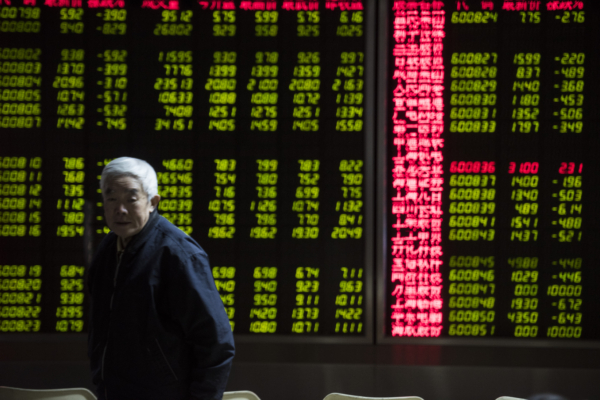Long Changchun High-tech Industry (Group) Co., Ltd. (referred to as “Changchun High-tech”) was once popular in the capital market, but is now facing an unprecedented performance crisis. The mid-term financial report shows that the leading pharmaceutical company, known for its growth hormone products, has seen a sharp decrease of 42.85% in net profit, marking the first double decline in revenue and net profit in nearly 20 years. Since the peak in stock price in 2021, the company’s market value has plummeted to about 50 billion yuan, evaporating over 160 billion yuan.
According to the recent semi-annual financial report disclosed by Changchun High-tech, the company achieved operating revenue of 6.603 billion yuan in the first half of the year, a slight decrease of 0.54% compared to the same period last year. The net profit attributable to the shareholders of the listed company was 983 million yuan, a significant decrease of 42.85% year-on-year. Data shows that for the first time in nearly 20 years, the company is facing a severe situation of simultaneous decline in revenue and net profit.
Quarterly data is even more alarming. In the second quarter of 2025, the company saw a year-on-year increase of 4.16% in operating revenue, but a staggering 48.83% year-on-year drop in net profit. The phenomenon of “increased revenue but decreased profit” reached its peak in the second quarter. This abnormal situation is mainly due to the significant increase in selling expenses and research and development investment severely eroding profit margins.
In May 2021, during the peak period of the company’s stock price, Changchun High-tech’s market value exceeded 210 billion yuan, being hailed by investors as the “Northeast Pharma Giant.” However, today, its market value is only 50 billion yuan, having shrunk by over 160 billion yuan.
Looking at the five-year interim data comparison, Changchun High-tech’s revenue growth rate has steadily dropped from 26.71% in 2021 to -0.54% in 2025, showing a clear trend of weak growth. More importantly, the growth rate of net profit attributable to the parent company has plummeted from 46.85% in 2021 to -42.85% in 2025, with the deterioration of profit far exceeding the decline in revenue.
The underlying reasons for the performance decline lie in the decrease in net profit of the company’s core subsidiary, Jinsai Pharmaceutical, and the significant losses incurred by another important subsidiary, Baik Biology. The company’s excessive reliance on a single product line has made it extremely vulnerable when facing changes in market conditions and intensified industry competition.
As the company’s “cash cow,” growth hormone products contribute over 70% of its operating income. However, with the deepening of centralized procurement policies in the pharmaceutical industry and the continuous tightening of medical insurance cost control measures, growth hormone products are facing unprecedented pricing pressures, directly leading to a significant squeeze on profit margins.
Improper cost control has become another key factor constraining the company’s profit-making ability. The mid-term financial data for 2025 shows that both selling expenses and research and development expenses have shown significant growth. Selling expenses reached 2.386 billion yuan, a 23.43% increase year-on-year, while research and development expenses were 1.155 billion yuan, a 30.22% increase year-on-year. The combined proportion of these two expenses accounts for over 50% of operating income, significantly squeezing profit margins.
The sharp increase in selling expenses is mainly due to the company’s increased market promotion investment in the new product Fuxinquiba monoclonal antibody, as well as the intensified investment in expanding the sales team to new medical departments and channel construction. The rapid rise in research and development expenses reflects the company’s focus on cutting-edge technology platforms such as ADC (antibody-drug conjugates), nucleic acid, and new drug clinical trials, with R&D investment reaching its highest level in nearly five years.
An analysis by Huaxia Times pointed out that Changchun High-tech’s long-standing “academic promotion + channel sinking” marketing model has significantly diminishing marginal returns after the implementation of centralized procurement policies, resulting in a stark contrast between excessive selling expenses and stagnant revenue growth. In addition, the company may have organizational redundancies in its management level, leading to a continuous increase in management expenses.

